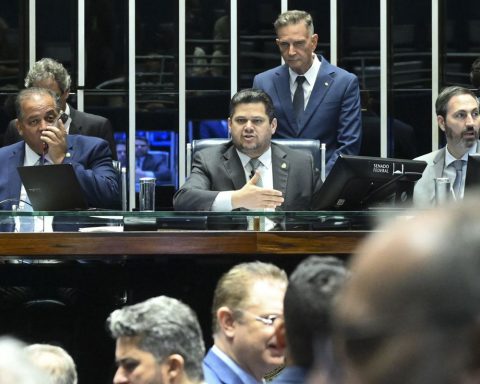“Among the first narratives of the federal government on the use of public resources was the elimination of trusts. It was accused that they were harmful, that they justified acts of corruption, diversion of resources and that they should be closed without any evaluation or analysis that would support their elimination,” says Mariana Campos, coordinator of the Public Expenditure and Accountability Program of México Evalúa.
On April 2, 2020, the Presidency published in the Official Gazette of the Federation the “decree ordering the extinction or termination of public trusts, public mandates and the like”, based on the “republican austerity” policy of the current administration, and that last August, President Andrés Manuel López Obrador promised to reinforce by moving to a higher phase: “Franciscan poverty.”
The decree focuses on the elimination of unstructured trusts created for specific and short-range projects, and no legal reforms are needed to eliminate them. Later, on November 6, 2020, Congress issued a second decree to reinforce the extinction, since it establishes the elimination of 109 trusts, mandates and the like that appear in laws or decrees, according to a report by the Center for Finance Studies Public (CEFP).
Both decrees establish that the resources obtained by the extinction must be reintegrated into the Treasury of the Federation (Tesofe), while the president’s speech was that these would be used for the same purposes that instruments such as the Natural Disaster Fund (Fonden) served. , the Metropolitan Fund, in addition to funds from the National Council for Science and Technology, for research and education, for climate change, sports or protection of human rights.
Progress
In 2020 there were 329 trusts in operation, of which 120 have already been extinguished. “Of all the trusts [que pudieron regresar sus recursos], 131,000 million pesos were repaid. Of these resources, in the first instance we had the Fonden, which reimbursed funds that were destined to attend to natural disasters, as well as to settle the liabilities that the same trust had, “says Víctor Mojica Vilchis, head of the Policy and SHCP Budget Control.
“The rest of the resources helped us to face the pandemic crisis and the economic situation that we had in recent years. Resources were received for the purchase of vaccines, family microcredits, housing works, urban improvement programs, investment projects, which was the most relevant”, he adds.
Campos warns that resources from extinct trusts enter the Treasury for exploitation, but there is no framework in terms of transparency and accountability that allows knowing what was financed with those resources or special reports or monitoring of the population affected by the extinction of these instruments.
“In terms of public policy, we are talking about relocating a significant amount of resources without authorization from Congress. In addition, in a discretionary manner and with little transparency, they are going to projects, to ‘whims’ whose impacts, financial performance, benefits for the population are unknown,” explains Miguel Tovar, partner at Alterpraxis and political scientist at El Colegio de México. .
Treasury figures detail that, prior to the cuts, in the second quarter of 2019, the total of active trusts totaled 901,753 million pesos; in June 2022, the figure was 468.332 million.
survivors
The decrease in resources in trusts towards the 2023 Economic Package is also due to the transfer and use of resources from two budgetary income stabilization funds, the federal one – known as FEIP – and the one from the Federal Entities, FEIEF, which now are at historic lows.
The savings in these trusts are generated when surplus public revenues are reported compared to what was programmed, so they were fed in the oil boom years.
In 2019 and 2020 they were activated due to the lack of public income compared to what was programmed. In 2018 there were more than 400,000 million pesos in both funds, at the end of June 2022, there are less than 46,000 million, detailed figures from the Treasury.
In the first two years of the current government, 97% of the FEIP resources were exhausted, the Economic Package includes an initiative to reform the Budget Law, to increase the income of this fund if savings are generated in the financial cost of the debt . “But the proposals of the Executive do not have certainty, and it will be at the discretion of the Treasury when and how much it will allocate these contributions and savings,” refers an analysis of Mexico Evalúa to the 2023 Economic Package.
The decrease in funds represents a smaller field of action for the design of the Income Law, because instead of looking for debt in 2020 and applying a fiscal reform to solve it, the next year will be reached with fewer savings and greater dependence on liquidity of the public sector to meet the needs that the trusts met; In addition to the lack of resources for public physical investment, the specialists agree.
“We see a greater ratio of current public spending over physical investment, there is also nowhere to turn, since the stabilization funds practically ran out of them, so in the face of an extraordinary scenario of a recession in the United States, and that they impose tariffs, there is no where. And that is where cuts to Mexico’s credit rating can come”, warns Gabriela Siller, director of Economic Analysis at Banco Base.















